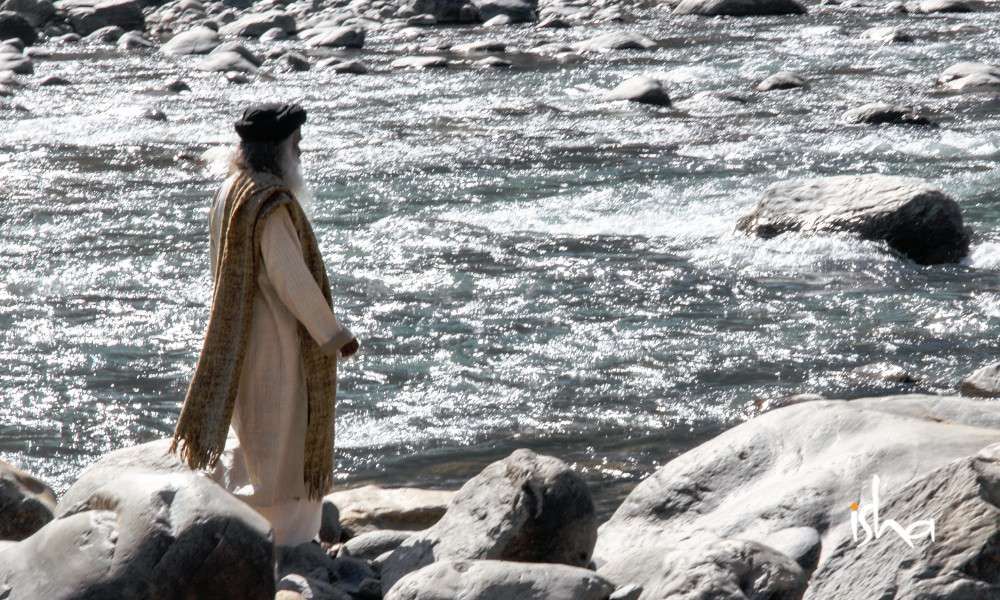How to Prevent Floods in Cities
As major Indian cities reel under heavy rain, we see scenes of flooded streets from Chennai to Mumbai. Sadhguru explains how to prevent floods in cities by addressing the root cause of the problem.

Subscribe
Most of our streets are running like streams and rivers during the rainy season. City administrations need to pass certain laws to manage this. For example, we think the pavements on which we walk must all be concrete. No, it can be done in such a way where there is a stabilized surface and at the same time enough spaces for rain water to sink into the land. This needs to happen.
Trying to change the existing part of the city is a huge affair, but there are simple technologies which have been adopted in some cities around the world. I have gone and studied these places. Chattanooga is one city in United States, which is very close to our Yoga Center there. In United States parking lots run into many, many square miles. So one simple thing they did was replace the concrete or the support flooring of the parking lots with perforated concrete blocks which have holes in them. This makes a huge difference. For a small city like Chattanooga it cost about three billion dollars. So this needs investment. At least we can pass a law in cities that all new construction of open spaces must have perforated concrete, not fully blocked concrete. These are all small, incremental things we can do.
Above all, human footprint has become so broad that there is no room for anything else to happen on this planet. When I was a child, there were over 1000 ponds and lakes in Bangalore city and three perennial rivers. Today there is no trace of these rivers. and only eighty lakes and ponds exist. Out of these, only about thirty-six actually have water; the rest are just sewage water, frothing with chemical waste. We don’t even know where these water bodies were anymore. Everything has been built upon. This has happened in forty years’ time. This is the pressure of population.
In Chennai, people didn’t realize that they had built their homes on the river bank, on the floodplains, and they get washed away once in three years after one big rain. In a year, it is again dry and people have already forgotten about it and build something again. The Subhash Nagar grounds in Bangalore where buses are parked today was a lake. People play cricket where lakes used to be. We should not forget that only because we have eaten our food and drank water, we are able to do all these things. Everything else that we do is secondary. The soil and water of this nation is the primary issue.
If our rivers, lakes and ponds have to become full, it is most important that we identify the contours of the land, how water used to flow in the past, and we must have the courage to clear that housing – whether it is yours or mine. The government has to make laws that if we clear these houses, housing will be provided for you elsewhere. It is a complex process and people will dispute and go to the courts. It gets complicated, but at least in the new parts of the cities that we build, we can definitely make it in such a way that water harvesting happens naturally.
Fundamentally, if heavy rains come, we are seeing floods in major cities because there is no vegetation to hold it. If you want to control flood the most important thing is there must be substantial vegetation on the land so that the soil will hold the water. Only then the water can be contained, otherwise it will just flow. This is why I am taking up Cauvery Calling to revitalize Cauvery river. As a part of this, we are looking at supporting farmers to plant 2.42 billion trees and shifting to agroforestry. We want to show the world that in ten to twelve years’ time, you can actually revive a river significantly, and at the same time, multiply farmers’ income. The most important thing is that this is not ecology versus economy. Reviving ecology can be very lucrative. Once we show this as an implementable large-scale model in the Cauvery basin, it can be replicated for other rivers as well.



